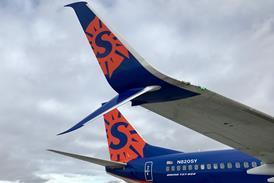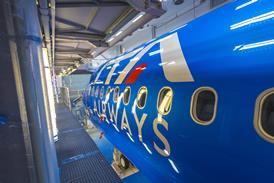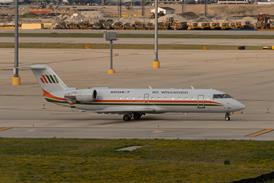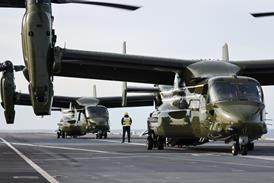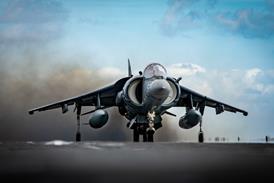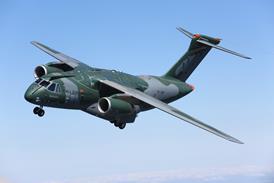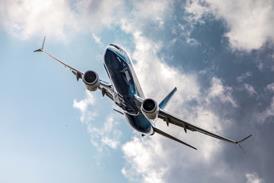MICHAEL PHELAN / LONDON
Micro air vehicle developers should emulate the way insects fly, London conference told
Emulating insects may be the best way forward for micro air vehicles (MAVs), according to engineers presenting at this month's Royal Aeronautical Society's Aerodynamics Research Conference in London.
At the low Reynolds Number laminar flow flight conditions relevant to MAVs - typically 103-105 - a large portion of the aircraft's total lift is generated by leading-edge vortices which extend spanwise from the wing root to the tip.
Prof Charles Ellington, professor of animal mechanics at Cambridge University, says insects also generate a substantial portion of their lift using such vortices. "Their lift/drag ratio is pretty poor - less than two - but because of their wing stroke direction during flapping, the drag actually works to keep them airborne," he says.
Salman Ansari, a Cranfield University researcher, agrees: "For MAVs, insect-like flapping is the best compromise, promising high power efficiency." Cranfield University is one of several institutes studying insect flight, and is hoping to use the research to build a parametric model of MAV wing design criteria, such as area, planform, leading-edge sweep angle, flap amplitude and frequency, and wing flexibility.
Bath University is focusing on simple flat-plate MAV configurations in its gust performance research. Colin Wooding of the university's Department of Mechanical Engineering notes that for such small vehicles, a gust can result in a rapid angle of attack change of 10°. Using a water tunnel with oscillating flaps to generate a periodic gust, the department is investigating the effect of leading-edge sweep on gust performance. "The contribution of vortices to total lift increases with sweep," says Wooding, "but the effect of sweep on total lift variation during gusts is relatively small at the frequencies measured."
MAVs are usually defined as flying vehicles weighing less than 100g (0.22lb) and with a maximum dimension of about 230mm (9in). The US Defense Advanced Research Projects Agency leads the drive to develop MAVs, and foresees uses for the aircraft such as military and civilian surveillance, bio-chemical sensing and atmospheric sampling.
Source: Flight International

